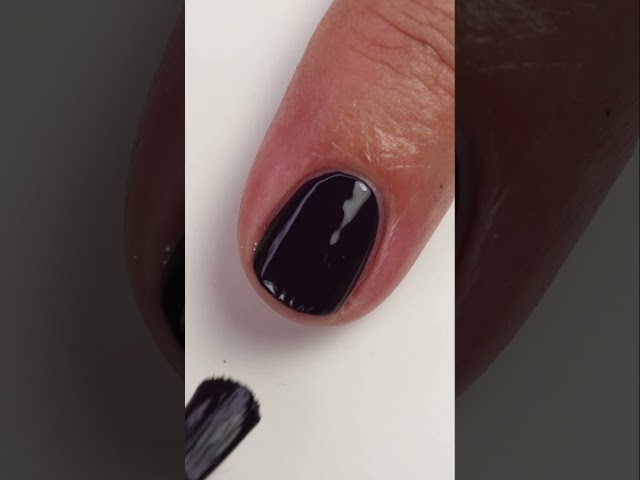Are you left-handed? Or do you know someone who is? Left-handedness is a fascinating trait found in about 10% of the global population. While it might seem like a small group, the left-handed community has some interesting and surprising aspects worth exploring.
1. Genetic but Not Entirely Hereditary
While you might expect children to inherit their parents’ handedness, it’s not as straightforward as eye or hair color. Genetic factors certainly play a role, but other elements such as environment and brain development seem to determine whether a person ends up left-handed.
2. A Family of Lefties
If you find one left-hander in a family, there might be a higher chance of finding another. Yet, the probability is still not as high as you might think. For instance, two right-handed parents have about a 10% chance of having a left-handed child, while it’s about 26% if both parents are left-handed.
3. Left-Handedness and the Brain
Lefties are often associated with having a ‘right-brained’ orientation, meaning their right hemisphere is more dominant. This part of the brain is believed to be more involved in aspects such as creativity, emotional expression, and spatial awareness among other functions. However, research also shows that left-handers use both sides of their brain more readily than their right-handed counterparts.
4. Smarter?
A common myth is that left-handed individuals are more intelligent or gifted. While there are plenty of smart left-handers—think Albert Einstein and Leonardo da Vinci—studies suggest that intelligence levels are evenly distributed regardless of which hand is dominant.
5. Unique Health Challenges
Research has indicated that left-handed individuals might be more prone to certain health risks such as allergies or autoimmune diseases. The reasons aren’t entirely clear, but understanding the inherited nature of handedness could be pivotal in following up these studies.
6. Navigating a Right-Handed World
Left-handed people often face a variety of challenges given the dominance of right-handedness in product design. From scissors to spiral notebooks, daily objects can present unique inconveniences. Despite this, generations of left-handers have adapted and even excelled in a predominantly right-handed world.
7. Higher Achievement
Despite the obstacles, many left-handers make it to the top of their fields. From athletics to art, left-handers have a distinct representation. Notable lefties include famous athletes like Rafael Nadal and renowned leaders such as Barack Obama.
8. Left-Handedness in History
In various historical contexts, left-handedness was seen differently. In some cultures, it was considered unlucky or even sinister, while others regarded left-handed individuals as special or possessing unique traits. These historical biases still influence cultural perceptions today.
9. August 13: Celebrate Left-Handers!
In recognition of the unique challenges and contributions of lefties, International Left-Handers Day is celebrated on August 13 of each year. This day is dedicated to raising awareness about the needs of left-handers and celebrating their achievements.
10. An Ongoing Mystery
Despite a lot of research, left-handedness remains somewhat of a mystery. The variation within the left-handed population is vast, and the interaction between genetics and environment is complex. Scientists continue to study handedness to understand human brain function more comprehensively.
The world of left-handers is indeed full of surprises. Whether you are left-handed or not, understanding more about handedness helps us appreciate the diversity of human experience and the quirks that make each of us unique.


















